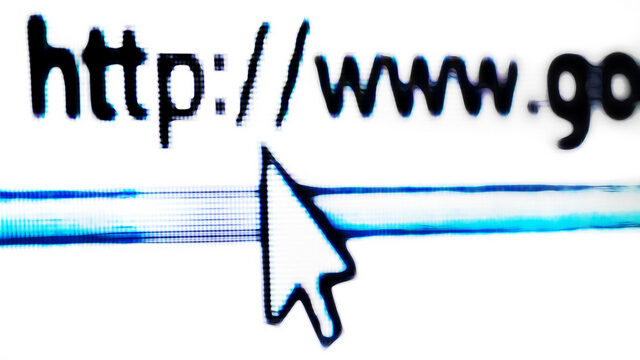
What can be done about the growing problem of false online information?
In a recent article, I discussed how sharing false and distorted information online contributes to divisions in society. The rapid spread of misinformation online is now seen as a significant global problem, and reached fever pitch in the US election. What can be done about this growing plague of false online information?
Writing in The Conversation, David Glance, Director of UWA Centre for Software Practice a the University of Western Australia, argues that very little can be done because fake news is being driven by advertising. News drives website traffic and so advertising revenue, and false news attracts attentions. So web and social media platforms have no motivation to do anything about the problem.
Glance advises that “Ultimately, there is no protection from fake news other than to adopt a skeptical view of all news and take the truth of it on balance of likelihood and confirmation from multiple reputable sources.”
However, a new initiative is showing promise. A group of researchers is developing Hoaxy1, a platform for the collection, detection, and analysis of online misinformation and the fact-checking efforts related to this:
The system collects data from two main sources: news websites and social media. From the first group we can obtain data about the origin and evolution of both fake news stories and their fact checking. From the second group we collect instances of these news stories (i.e., URLs) that are being shared online.

A preliminary analysis of the Hoaxy platform was conducted over a period of several months using a large set of public tweets. The results suggest “an interesting interplay between fake news promoted by few very active accounts, and grass-roots responses that spread fact checking information several hours later.”
In the future, the researchers plan to investigate the extent to which social bots actively spread fake news, and to examine the lag between misinformation and fact checks for other types of news.
Header image source: Internet! 243/365 by Dennis Skley is licensed by CC BY-ND 2.0.
Reference:
- Shao, C., Ciampaglia, G. L., Flammini, A., & Menczer, F. (2016, April). Hoaxy: A Platform for Tracking Online Misinformation. In Proceedings of the 25th International Conference Companion on World Wide Web (pp. 745-750). International World Wide Web Conferences Steering Committee. ↩
Also published on Medium.







Sorry, I find this “hoaxy” a hoax of its own. Why does the trust in mainstream media decrease at such a regular and alarming rate? Because more and more people realize that in the fields where they have got some knowledge (e.g. knowing about the situation in foreign countries, etc.), they realize that the mainstream media tell us a lot of ideologically motivated nonsense. So trying to detect distorted information by comparing it to the mainstream media is a nonstarter.
There is only one way forward: we must start doing serious research about the academic and media discourse using reliable external sources, and the academic researchers and journalists must react adequately to such research. Right now, I am the only researcher in the world who uses such a methodology, and everybody in the academic community around me tries to silence me.
Then we can start to take meaningful measures to restore trust of a majority of the public into the mainstream media, which will go a long way to solve the problem of false news.
The problem is that the academic researchers and the journalists are too arogant, and this has lead us straight to Trump.
I think that Hoaxy is a clever idea and I am looking forward to seeing it released to the public. There are several alternative myth busting sites, such as SNOPES, as well as fact checking sites, such as the ABC Fact checker. I am interested to see how Hoaxy compares to what is already available.
Reliable external sources, as Otto Kolbi says, is what we need. Evidence based information. There are two ways to obtain this information – the best way is to use databases, paid access, with peer reviewed information in them (even though this is not always robust, it is better than Google). The second way to obtain evidence based information is to use information specialists, or librarians who can locate verified information.
I would argue that researchers and journalists are not arrogant, they are lazy. Alternatively they are paid (by advertisers) to provide click bait.